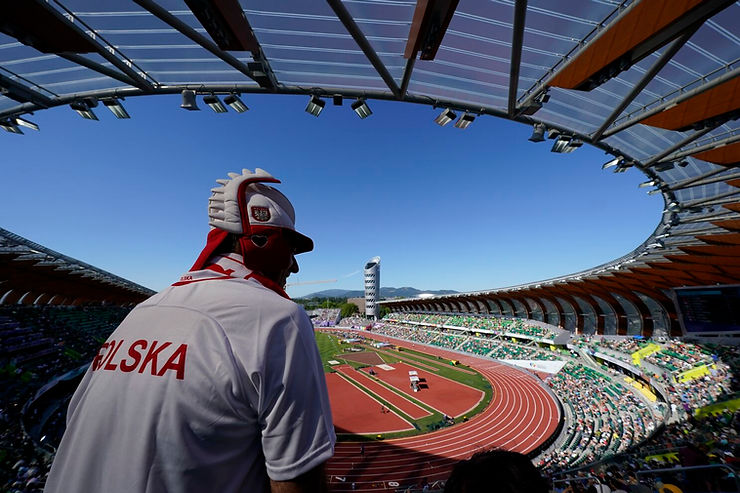By: Claire Zhou
Every time the grass in the Coliseum gets trampled and torn up by sports other than soccer or football, Scott Lupold feels anxious. These multiple years of maintaining the field have been rather tough.
Lupold, the ground manager of the stadium, is responsible for maintaining the field. The Coliseum uses a few tricks when it comes to morphing from normal turf to unpredictable surfaces like dirt, asphalt, ice and possibly snow.
“The Coliseum wasn’t built for just one purpose,” said Frank Guridy, a professor who studies the impacts of stadiums and arenas. “It’s a good, old-fashioned, single-tiered facility big enough to accommodate a bunch of different things.”
In 1936, a few years after the Summer Olympics, the Coliseum arranged for Sonja Henie, a figure-skating champion, to perform there. Engineers laid coils all over the field and used machines that made ice to create an 80 foot long rink.
However, this method wasn’t able to overcome the burning hot sun in June. And unfortunately, the show had to be called off.
After a while, Coliseum officials stopped trying to heal the grass after events, like races and concerts. Instead, they just ripped out the grass and replaced it from the start.
“We’ve done a lot of these things with concerts and replaced the field on really short windows,” said Lupold. “Knock on wood, we’ve been pretty good at pulling it off.”











